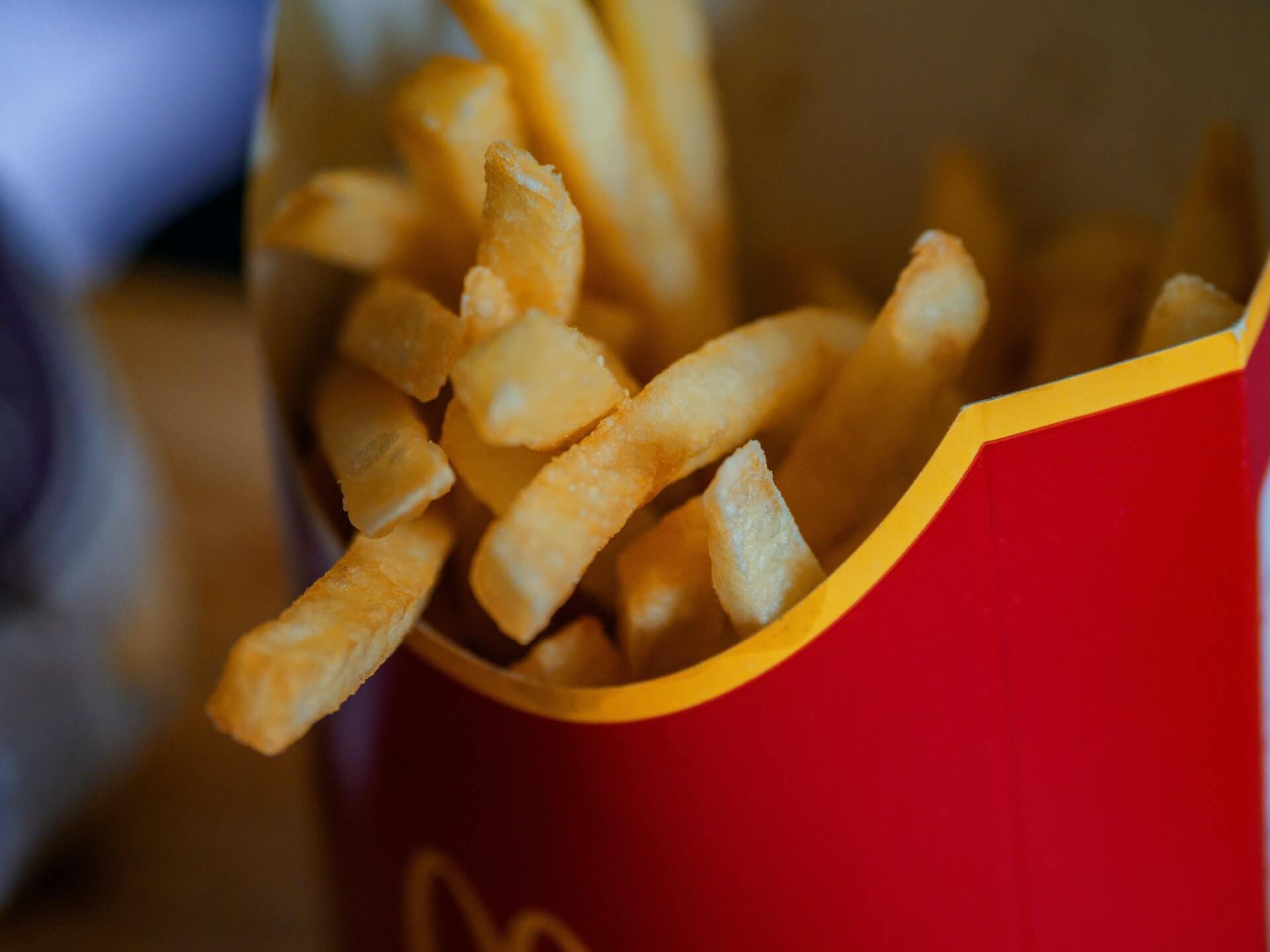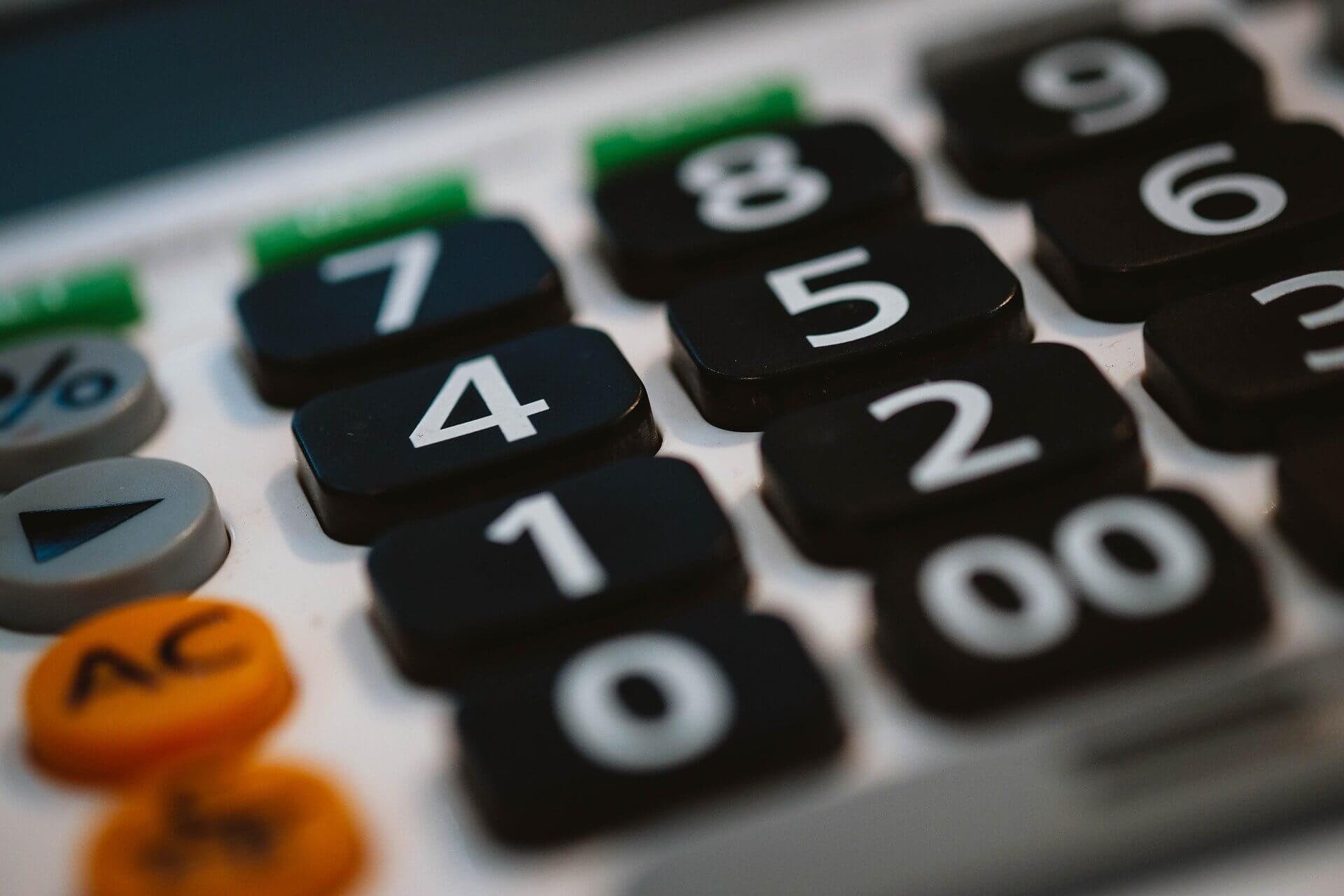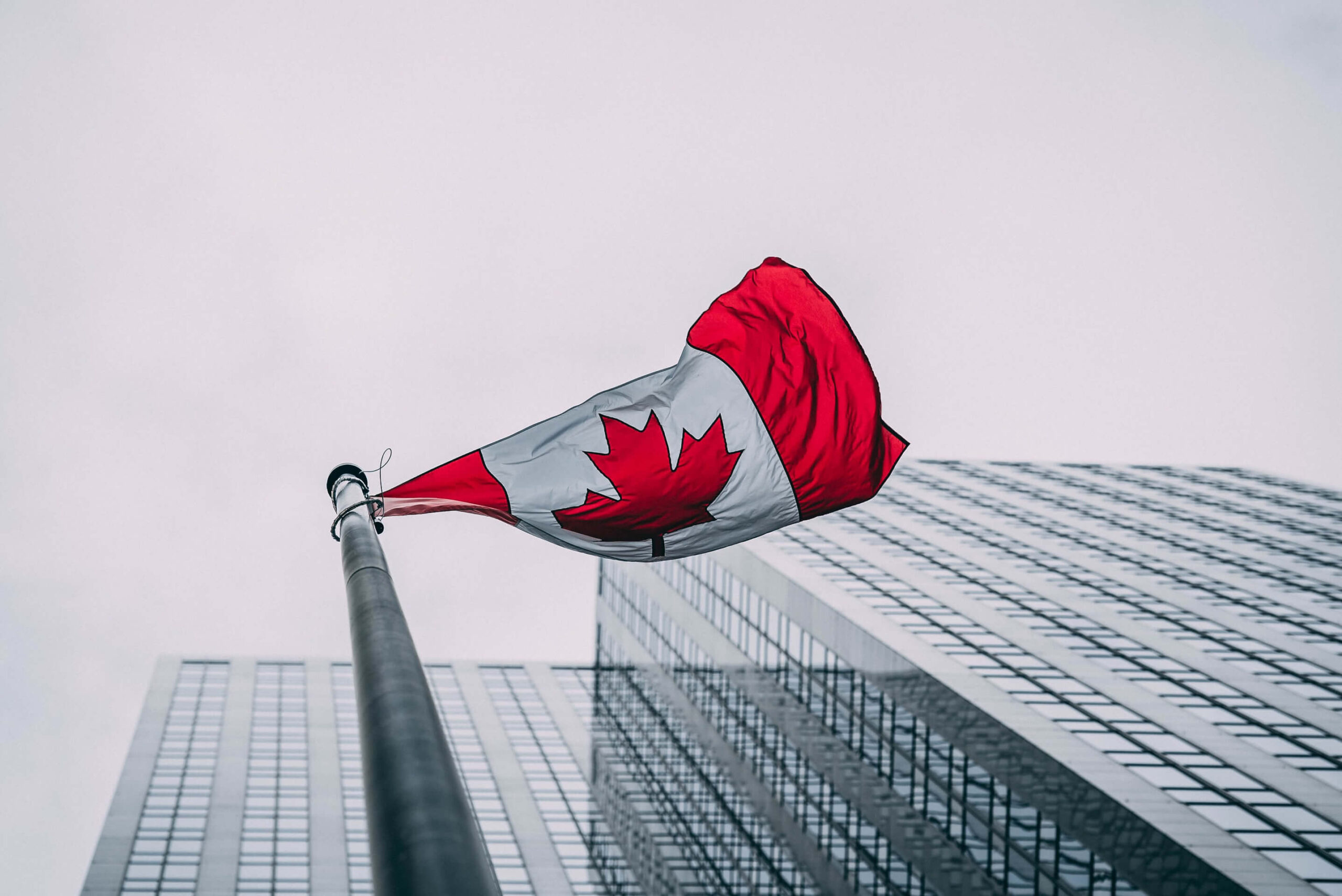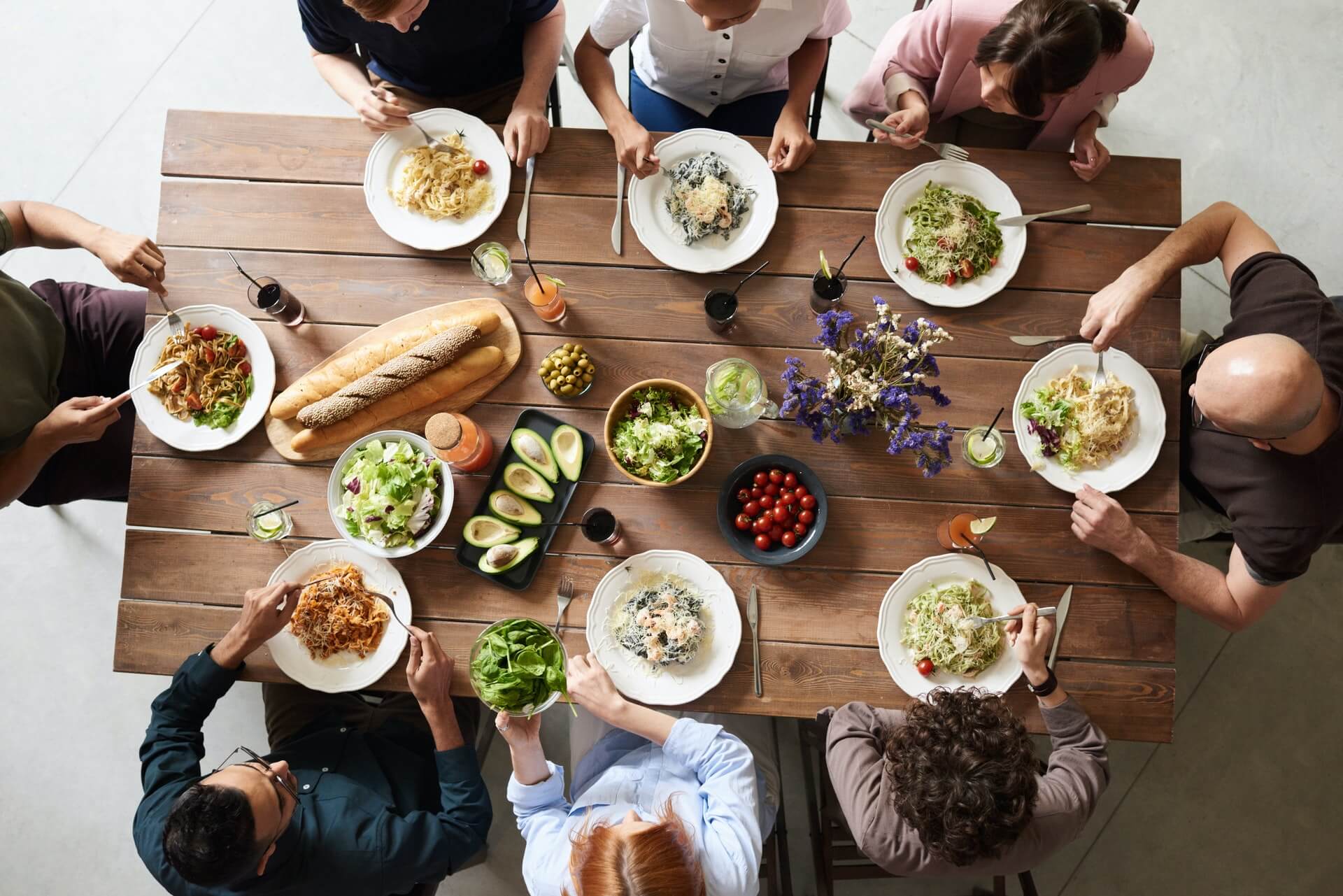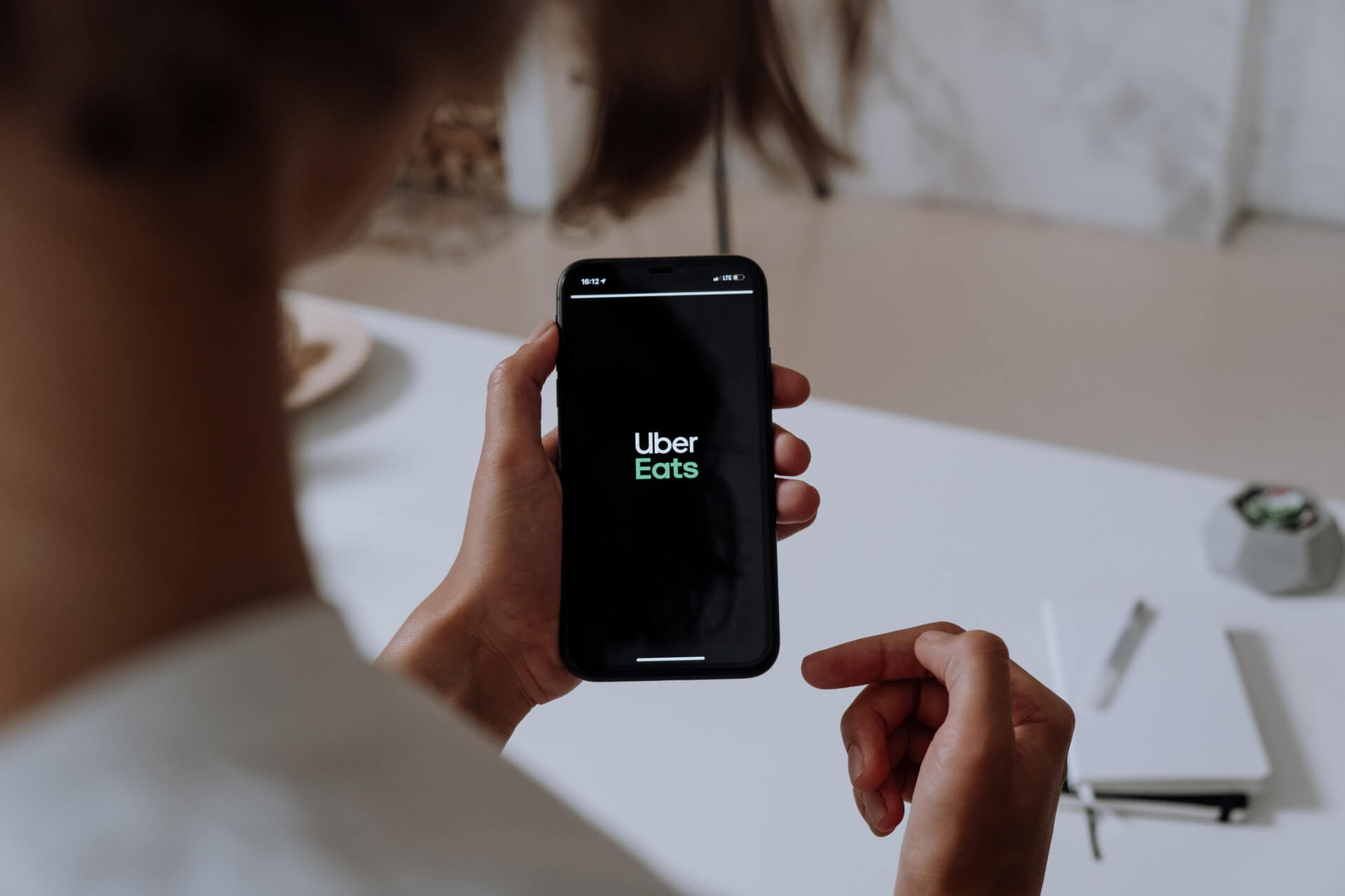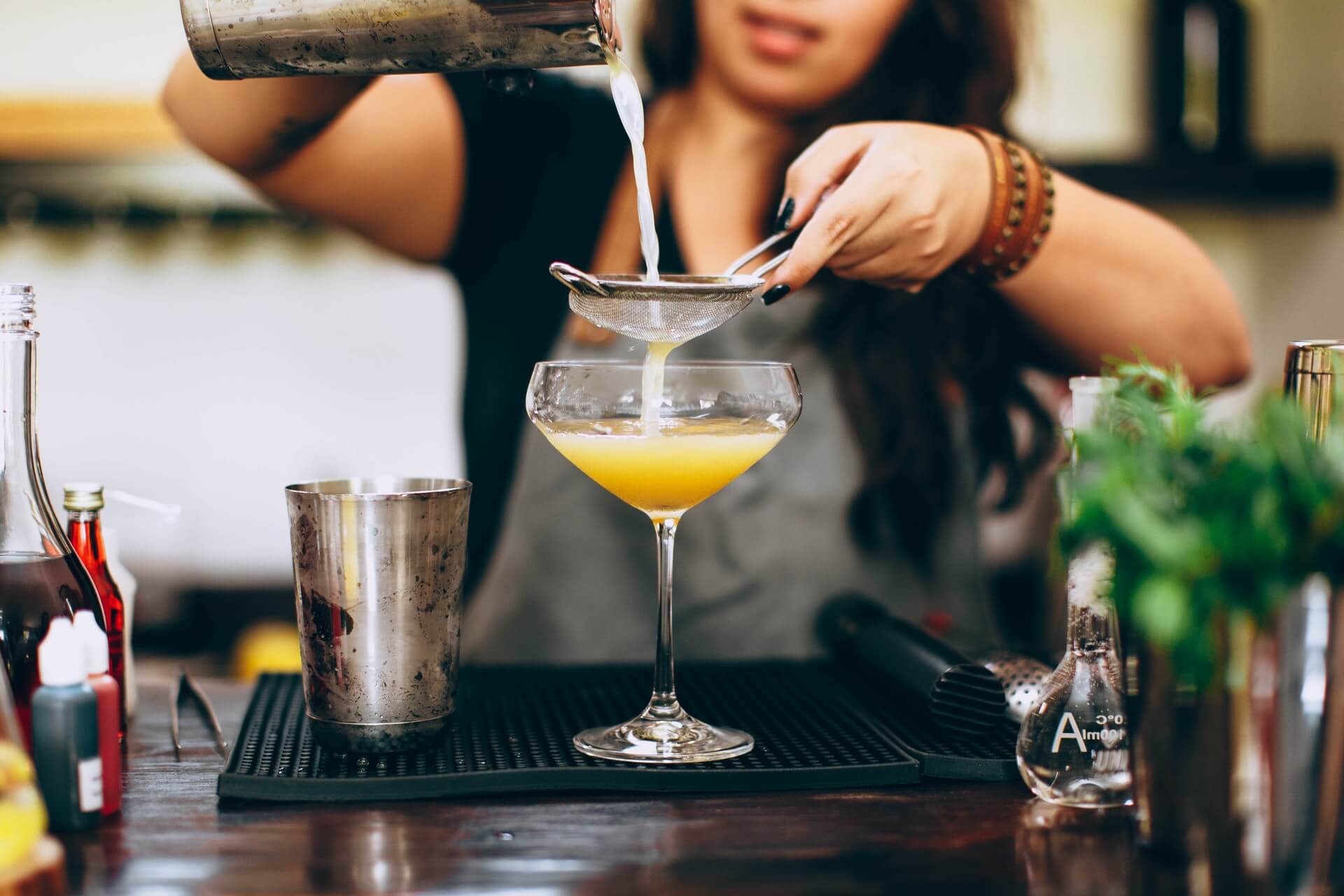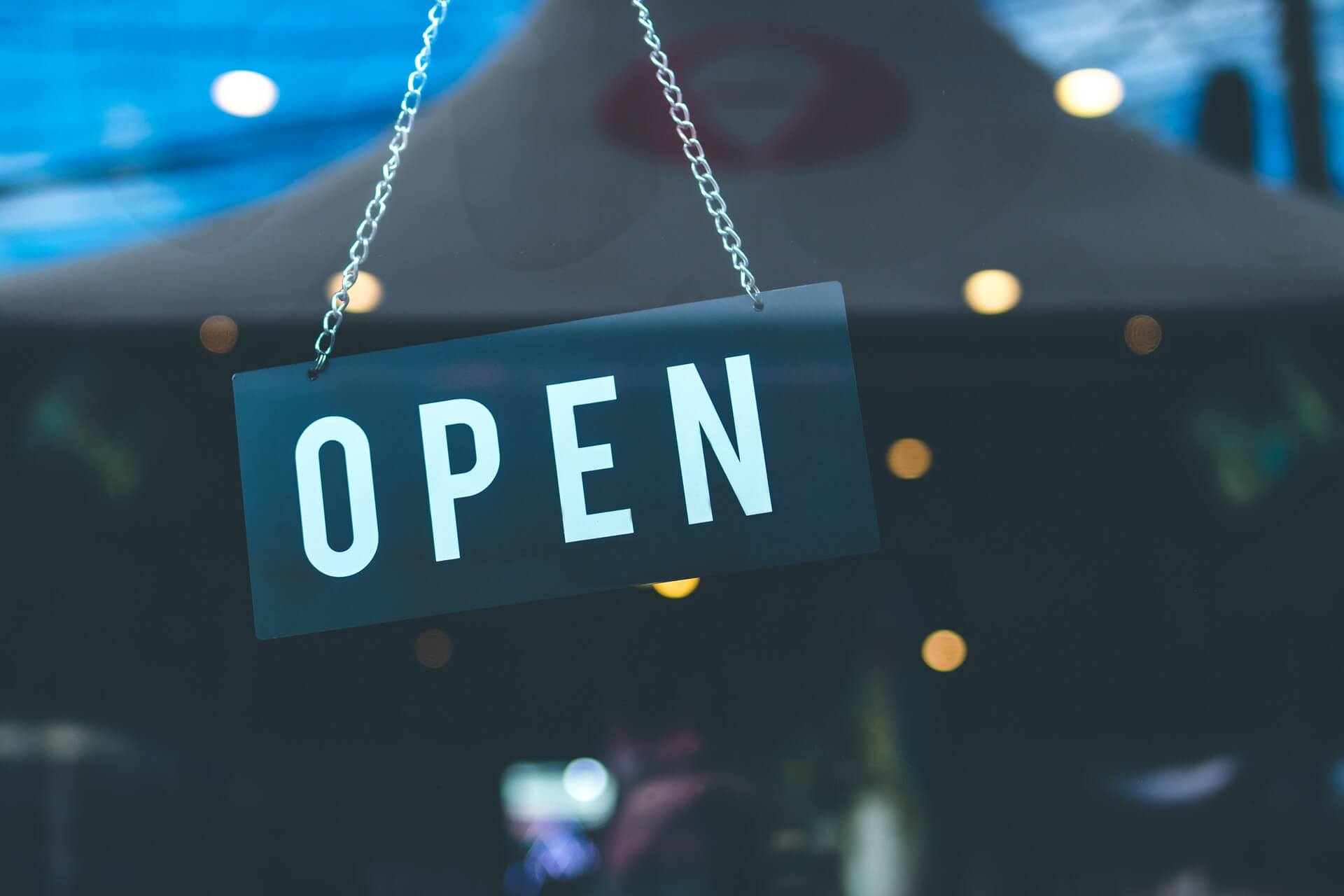How is Plant-based Performing On-premise?
by David Klemt
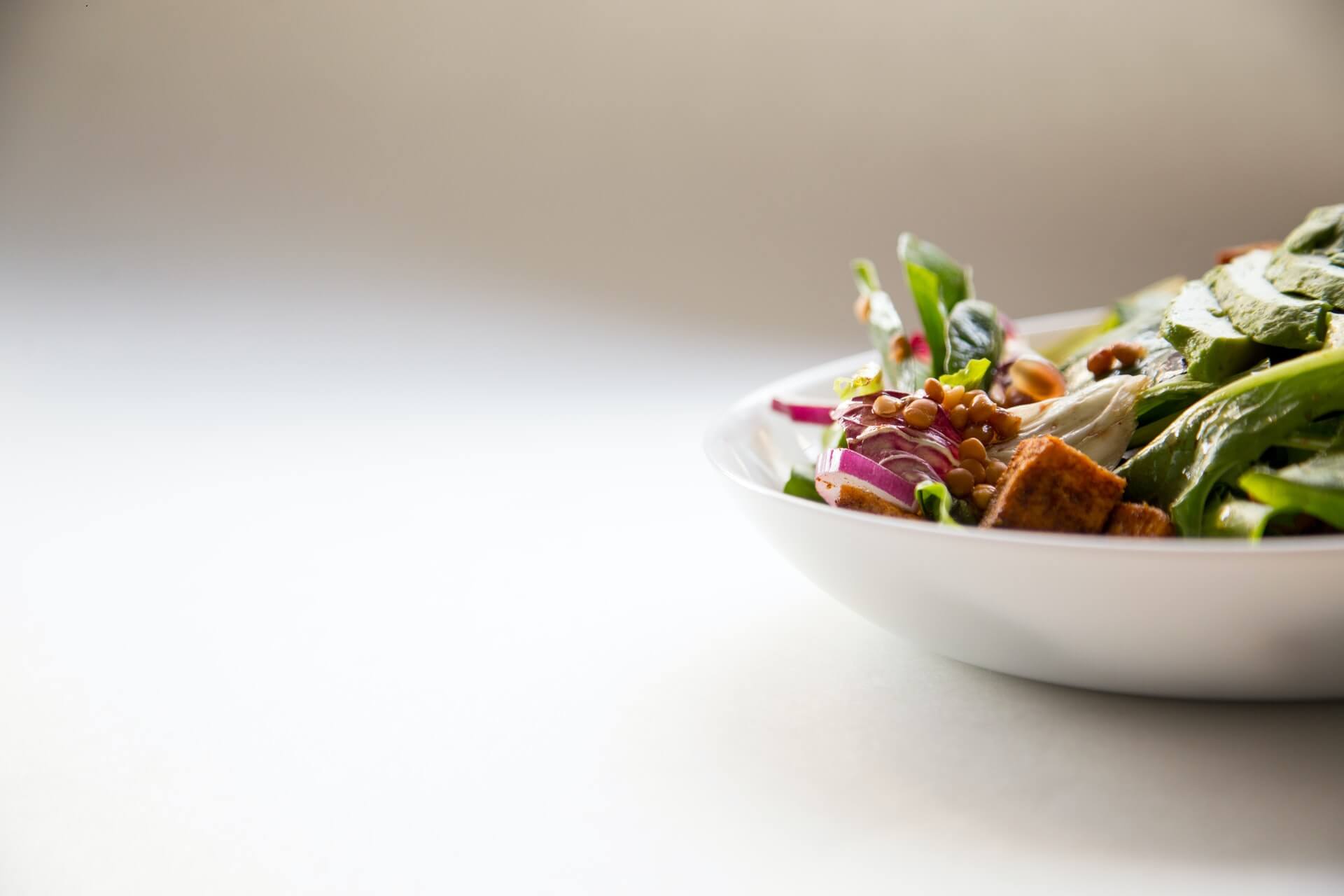
With plant-based food options making their way to global fast food chains, it’s clear the category is continuing to heat up.
In fact, it’s likely time to stop referring to plant-based menu items as a trend. Obviously, they’re here to stay.
But how are these items actually performing on-premise? Is the category experiencing real growth or barely noticeable?
“Proliferation”
We’re full throttle into the holiday season. People are focusing on spending time with family and friends.
And what does that mean? Gathering for meals.
So, if restaurant traffic is going to tick up, it makes sense to see if plant-based should be more prevalent on menus.
To that end, Datassential revealed data on this category two weeks ago during their “Holidays Ahead!” webinar. Of four trend-tracking designations—Inception, Adoption, Proliferation, Ubiquity—Datassential notes plant-based menu items are in the Proliferation stage on-premise.
Analyzing data from 2011 to 2021, Datassential showed that the category started growing in terms of menu placement in 2018. As of this year, plant-based items are on nearly five percent of restaurant menus.
That may not seem like impressive growth. However, there was zero-point-zero-percent growth between 2011 and 2014. In 2015 and 2016, Datassential shows that only 0.1 percent of restaurants offered plant-based menu items. That growth doubled in 2017 (0.2 percent), then doubled again in 2018 (0.4 percent).
In 2019, the category quadrupled to inclusion on 1.6 percent of restaurant menus. Last year, that growth more than doubled to 3.5 percent.
According to Datassential, 28 percent of consumers like or love plant-based menu items. Interestingly, the research agency finds that all types of consumers like plant-based items, not just vegetarians or vegans.
The Datassential breakdown of plant-based menu proliferation by restaurant category is as follows:
- Fast Casual: 11.5%
- Casual Dining: 5.4%
- Midscale: 3.9%
- Quick Service: 3.4%
- Fine Dining: 1.8%
Chains are more likely, at this time, to feature plant-based menu items.
Upscale Options
Wanting to include plant-based options and knowing where to start are two different things.
As it happens, Datassential featured a timely real-world menu to that should inspire operators this season.
Watercourse Foods in Denver, Colorado, offers mains and sides that will resonate with holiday diners:
- Seitan Roast (wheat, soy, blend of herbs) which stands in for roast turkey.
- Pot Pie consisting of carrots, celery, onions and mushroom.
- Root Vegetable Stuffing made with root veggies (obviously), savory herbs, and housemade bread.
- Mac and Cheese featuring shells tossed in cheese fondue and topped with shiitake “bacon” bits and breadcrumbs.
As you’ll notice, you don’t need to limit your menu to products from Beyond or Impossible. Obviously, you can leverage their brand recognition but you can also utilize your current plant-based inventory to create housemade menu items.
If you’re ready to embrace plants at your restaurant or bar, activate your kitchen team. With a bit of creativity you can take advantage on the rise in popularity of everything plant-based.
Image: Hermes Rivera on Unsplash


